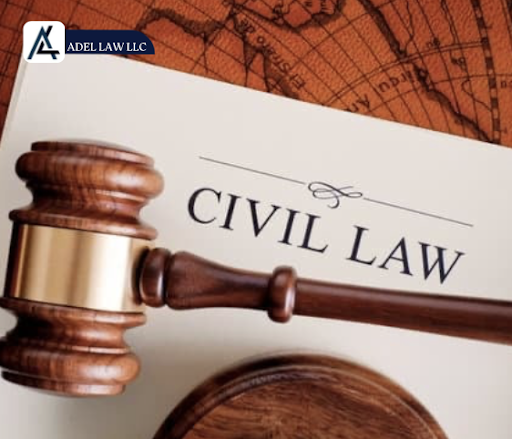When two parties can’t settle a dispute on their own, a civil case becomes the legal pathway to resolve it. From filing a claim to awaiting the court’s decision, the journey of a civil case is a well-defined process, but it can also feel overwhelming if you’re unfamiliar with the steps. Let’s walk through the key stages of a civil case, so you can better understand what to expect.
Step 1: Filing a Civil Case
The first step in any civil case is filing a lawsuit. This begins when the plaintiff—the person or entity bringing the claim—submits a formal complaint to the court. The complaint outlines the dispute, provides relevant facts, and details the legal remedy being sought. Whether it’s compensation for damages, enforcing a contract, or some other form of relief, this document sets the stage for the entire civil lawsuit process.
Step 2: The Defendant’s Response
Once the complaint is filed, the defendant (the person or party being sued) has a chance to respond. They can either accept the claim, attempt to settle, or file a defense. Sometimes, the defendant may even counter-sue, claiming that the plaintiff is responsible for damages.
At this point, if the parties cannot reach an agreement outside of court, the case moves forward to the next phase.
Step 3: Discovery Phase
Discovery is where both sides gather evidence to support their claims. This can include written statements, documents, and even depositions (formal interviews). It’s during this stage that each party builds their case, aiming to prove their version of events. Discovery is critical because it often leads to settlements—when both sides see the strength (or weakness) of the evidence, they may decide it’s better to avoid trial.
Step 4: Trial and Judgment
If the case isn’t settled, it goes to trial. During the trial, the plaintiff and defendant present their arguments, witnesses testify, and both sides offer evidence to support their claims. The judge (or jury, in some cases) listens to the facts and ultimately decides the outcome.
If the plaintiff wins the case, the court may order the defendant to pay damages or fulfill another form of legal remedy. On the other hand, if the defendant prevails, the case is dismissed.
Conclusion
The journey of a civil case may seem daunting, but understanding the steps involved can help you prepare. Each stage—from filing the claim to the trial—has its own set of procedures and timelines. If you’re facing a civil dispute and need legal guidance, consulting with an experienced lawyer like Mohammed Shakirin from ADEL LAW LLC can provide clarity and support throughout the process.




